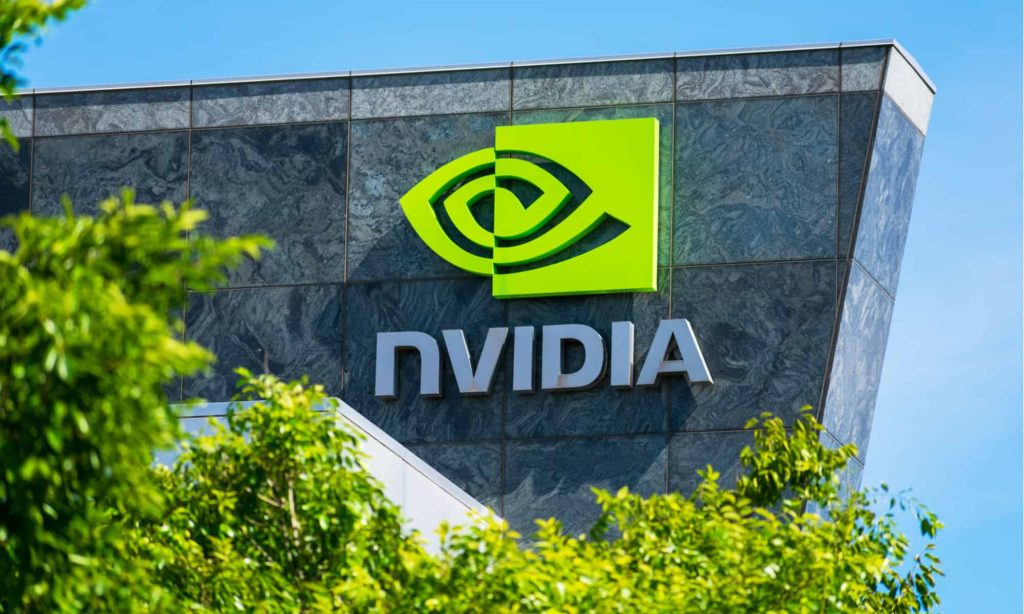For the past several months, investors have been wondering if Nvidia (NASDAQ: NVDA) would launch a stock split. That’s after the technology giant’s stock soared in recent years, reaching nearly $1,000. And it actually did reach $1,000 this week in the trading session following Nvidia’s earnings report and announcement of a stock split. After the split, the chip designer’s shares will be trading at a much lower level.
But this move won’t change Nvidia’s $2.3 trillion market value. Instead, a stock split involves issuing more shares to current shareholders and this will result in more shares trading at a lower price; current shareholders will end up with the same dollar value of stock as they had before the split. The drop in price will make the stock accessible to a broader range of investors, and Nvidia even said as part of its announcement that this was its motivation for making the move.
Why are investors interested in stock splits?
It’s important to note that it’s not a good idea to buy a stock just because the company launched a split — it’s simply a mechanical operation. A stock split itself won’t push a stock’s value higher or lower. So now you might ask, if that’s the case, why are investors so interested in whether a company will split its stock?
In many cases, the move suggests a company is optimistic about its future and believes that its shares have what it takes to take off once again. Generally, the company has performed well from an earnings perspective in recent years, and this has prompted the stock price gains we’ve already seen. Now, by splitting its shares, a company is implying that those gains aren’t over, and from the stock’s lower price it once again may soar and even eventually return to its pre-split level.
Now let’s consider the Nvidia operation, a 10-for-1 stock split, effective June 7. This means that if you hold one Nvidia share today, post-split you’ll own 10, but the value of your holding will remain the same. And if you buy shares of Nvidia after the split, if they’re still trading at $1,000 before the split, they’d drop to $100 per share after the split.
This maneuver will make it easier for investors who don’t have access to fractional shares or those who prefer buying full shares to invest. And the $1,000 mark represents a psychological barrier for some investors, who would automatically hesitate to buy even if valuation is reasonable. Nvidia’s stock split will remove this roadblock and pave the way for them to get in on this tech giant.
Nvidia’s five stock splits
Nvidia is no stranger to stock splits, having completed five in the past 24 years. And each time Nvidia announced a split, the stock price was considerably lower than it is today, so I’m not too surprised that Nvidia decided on this move right now.
Let’s get back to our question: Is it time to buy the shares? It is — but not because of Nvidia’s upcoming stock split. Nvidia’s shares have climbed after its past stock splits, but this movement is due to the company’s increasing revenue and demand for its products.
And a look at Nvidia’s recent earnings report and the general AI market offer us reason to be optimistic about the future. The company reported triple-digit growth in revenue and net income in the fiscal 2025 first quarter, with revenue reaching record levels. At the same time, gross margin is on the rise, widening to more than 78%, so Nvidia is becoming more and more profitable.
The company says demand for its products and services is surpassing supply, and as Nvidia prepares to launch its new Blackwell architecture and most powerful chip ever, it’s easy to imagine demand remaining strong. Especially considering AI market forecasts. Analysts predict the market will reach more than $1 trillion by the end of the decade. All of this supports the idea of more growth ahead for Nvidia.
Meanwhile, Nvidia shares trade for about 34 times forward earnings estimates, which looks very reasonable considering long-term prospects. That makes Nvidia a buy — whether you make the move before or after the stock split.



